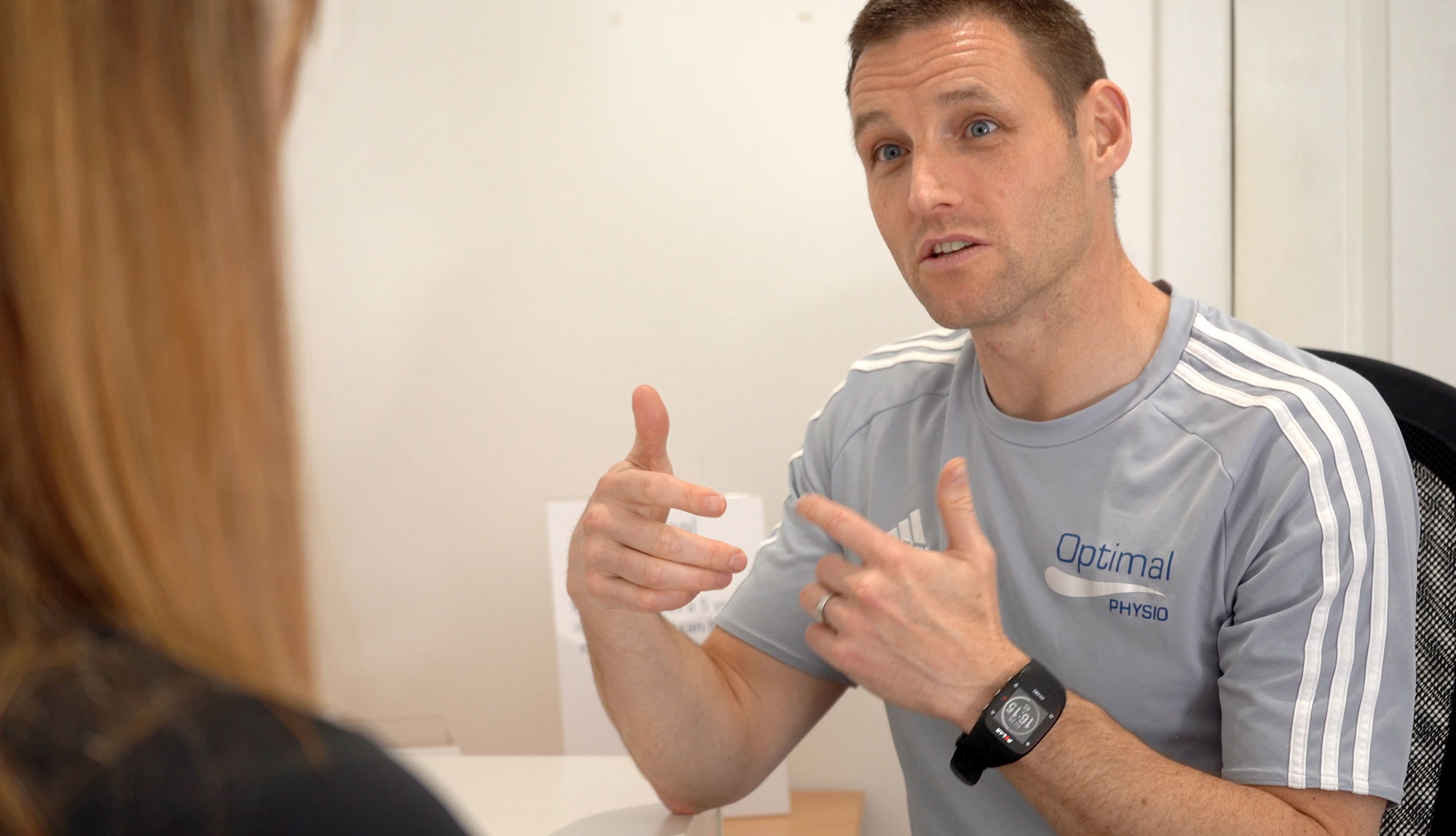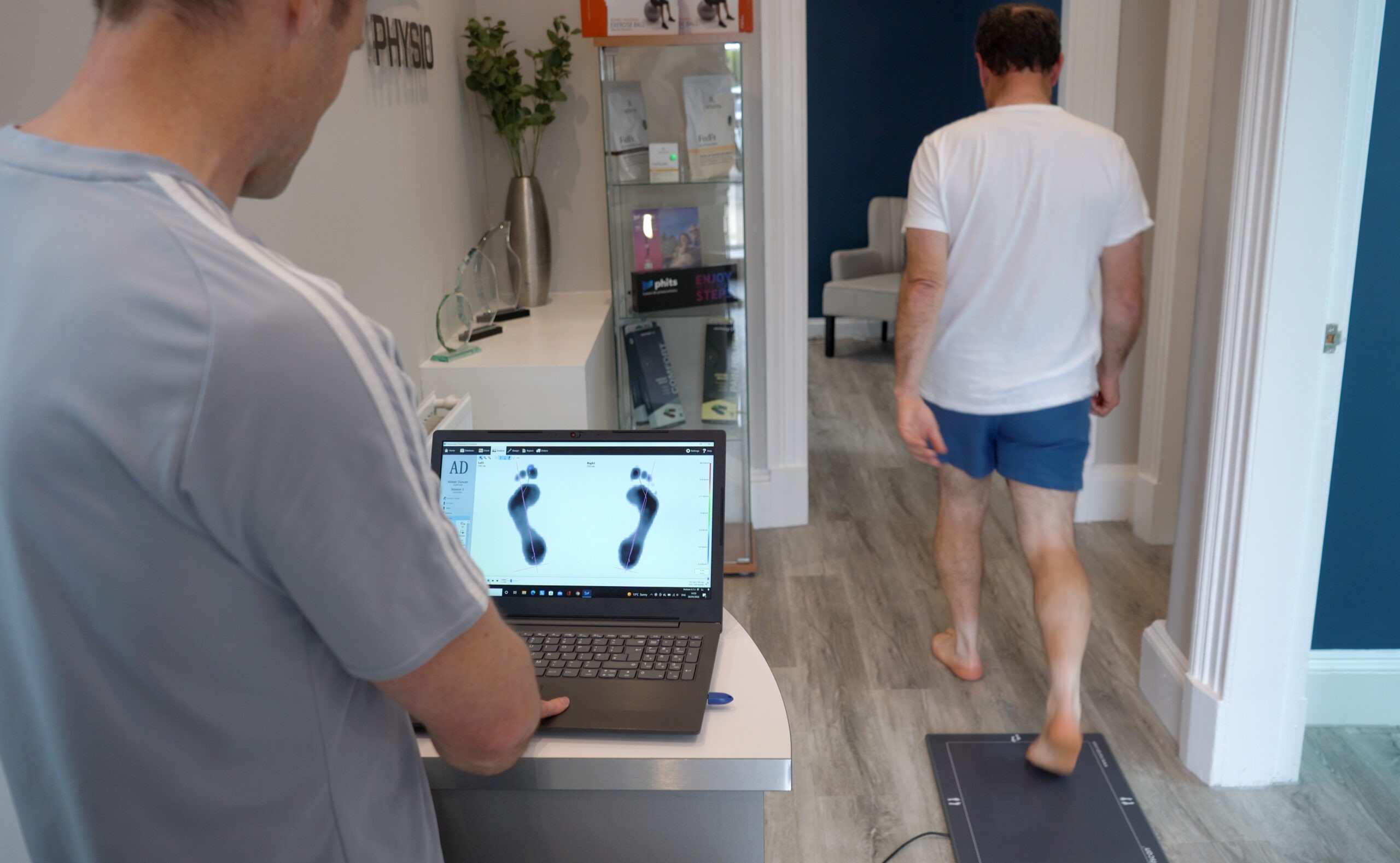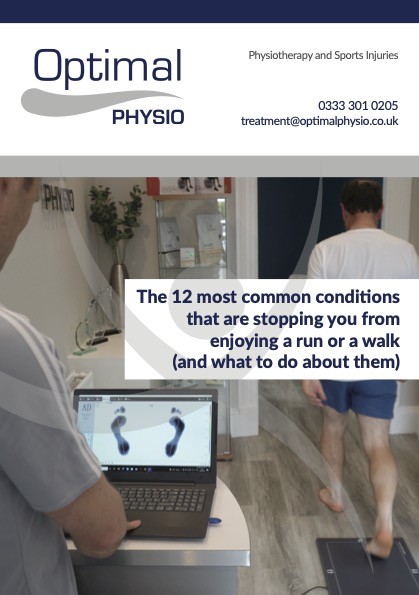Foot And Ankle Pain
Foot And Ankle Pain: How It Feels
Foot, ankle and calf pain can all result from our poor feet trying to keep up to the rigours of these expectations.
Foot, ankle and calf pain can therefore result in those feet being up and resting more than you would like them to be.
Common Foot & Ankle Conditions
Everyday in clinic we see a walker, hiker or runner with foot or ankle pain. We understand how frustrating it is.
The most common things we see are plantar fasciitis, achilles problems, metatarsalgia (pain in the ball of your foot), shin splints, ankle joint issues (from osteoarthritis to simple strains), problems related to the big toe and heel pain. We also see some people with diabetes who want to prevent foot problems which are common as they age.
The Mechanics Of Ankle Pain
Your feet between them have 52 bones, 6 joints and more than 200 muscles, tendons and ligaments. The structure is complex and the forces placed on them to give balance and support are immense.
Throughout our lives changes to our hormones and the ageing process all have an impact on our bodies, and the feet are no exception.
Common conditions affecting the area include pain into the big toe, across the ball of your foot or into the arch, heel pain such as plantar faciitis, achilles pain, or ankle joint injuries or pain such as osteoarthritis.
Conditions like plantar fasciitis will resolve themselves eventually but without the right care, can take many months or even years to recover, not to mention the risk of the condition returning if preventative measures are not maintained.

We Treat Feet & Ankle Pain
Any foot, ankle or calf pain is treatable. We often see golfers with sore feet at the end of a round, walkers with tight calves and tender heels or runners whose ankles niggle and feel unstable, or forefoot problems which affect every stride taking away their confidence.
From plantar fasciitis to ankle ligament injuries to everything in between we can help you get back to enjoying walking again.
How We Solve Foot and Ankle Pain
Traditional physiotherapy methods such as strengthening exercises and stretches are extremely effective in treating to recover and prevent further discomfort. The key is knowing where to start.
If it is a repetitive injury that you have had for months we need to understand what is causing it, so we can resolve the injury for good and not just give you pain relieving treatment which manages your symptoms without taking care of the cause.
We also have another tool (our gait analysis) at our disposal that can give a unique insight into those forces being applied to your feet and lower limbs to inform your treatment plan even better.

Solution
This information can also be used to print custom orthotics (insoles) to maintain pain free and comfortable movement as well as improve performance. Made exclusively for you, they can be used in your shoes to support and cushion your stride in direct response to the data gathered.
It doesn’t have to be like this.
What is gait analysis and can it benefit you?
Gait analysis is a biomechanical examination where our physiotherapists determine how efficiently your body moves when walking or running. Asymmetries or abnormalities in our foot strike and loading pattern can cause joint, muscle, ligament or tendon soreness further up the body in the ankle, knee, hip and back.
The assessment allows our physiotherapists to identify these issues and tailor your treatment plan to get you walking, running or competing pain free, whilst offering the best advice to reduce the risk of future injuries.
Who can benefit from Gait Analysis?
Gait analysis can be useful for those who:
- Experience pain when walking or running
- Suffer from sore feet when standing all day
- Have foot, ankle, knee, hip or back pain
- Suffer from conditions such as plantar fasciitis or metatarsalgia
- Have flat feet, bunions, neuromas or hammer toes
- Have balance issues or bad posture
- Are physically active and play sport
How does it work?
At Optimal Physio, we perform our gait analysis using the latest Footscan® technology. This system has over 4,000 high speed sensors which accurately capture and analyse your movement, providing detailed plantar pressure information which simply cannot be seen with a treadmill or the human eye. This information can be slowed down to help identify even the smallest asymmetries or abnormalities in your movement, which may be the cause of lower limb pain or discomfort.

Download your free ebook.
There is a lot of misleading and inaccurate information available relating to foot and ankle pain. So we have made this free ebook to give you free information you can trust.